
Contact Us
Get in touch with us using the form or details below. We look forward to hearing from you!
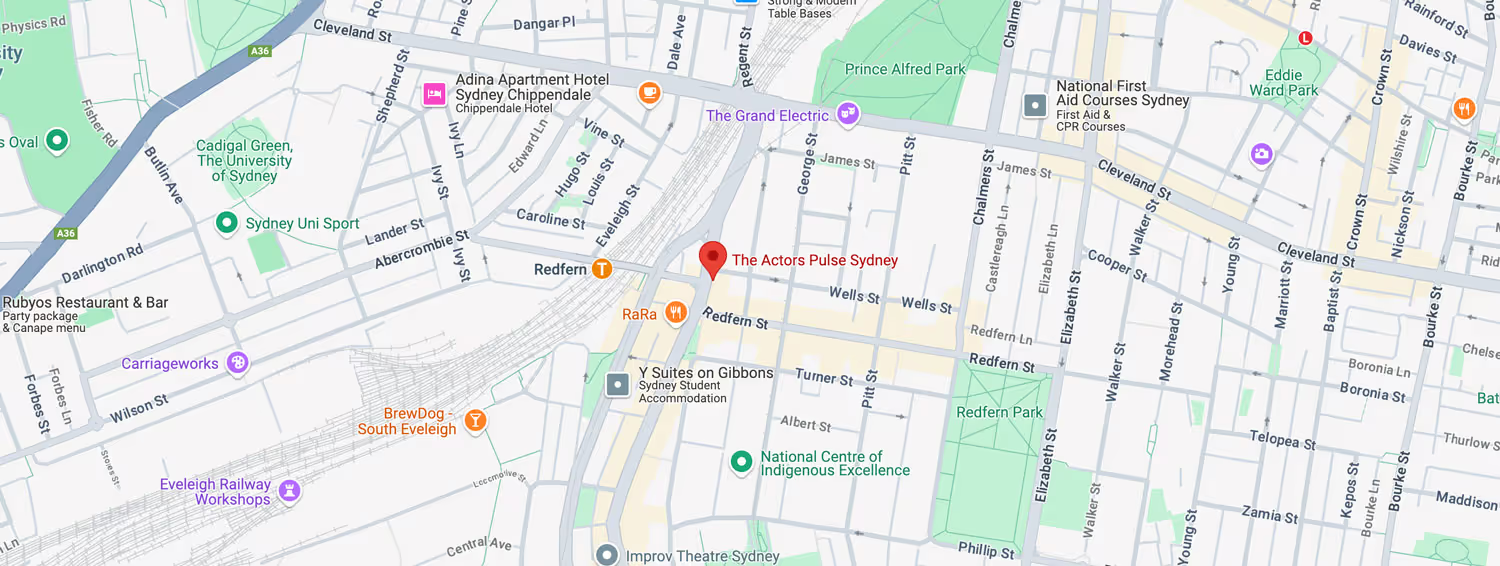
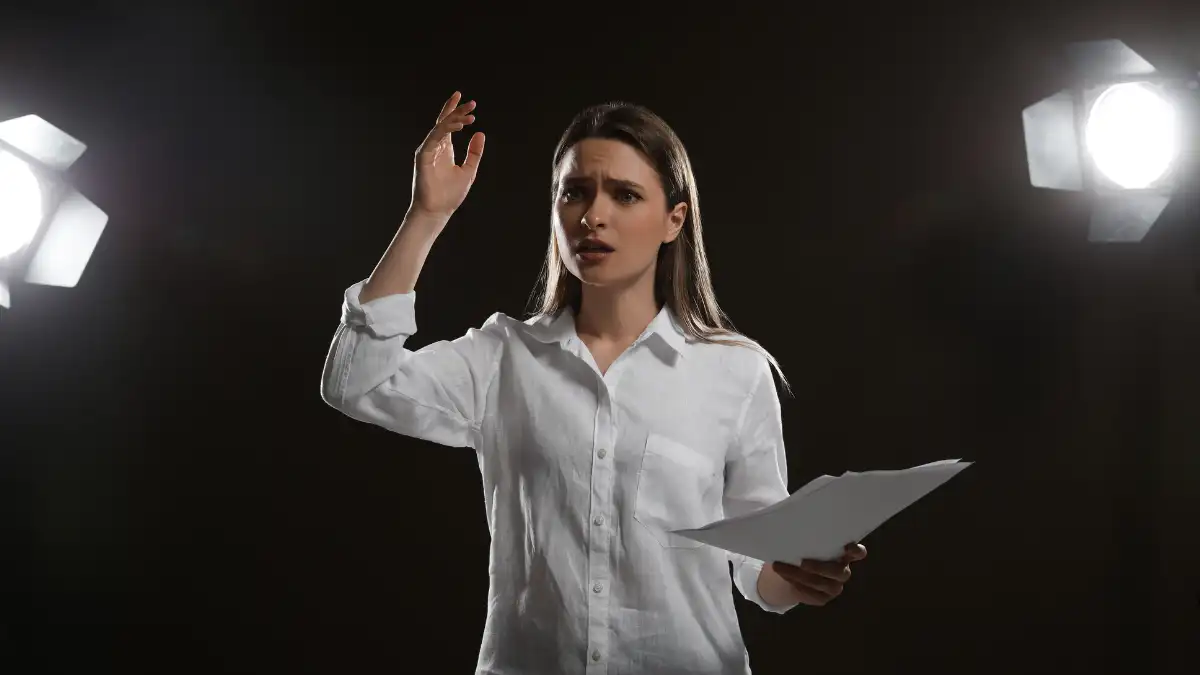
Classical acting is usually recognised or associated with the works of Shakespeare rather than its historical origins which are rooted in ancient Roman and Greek theatre.
Yet, while age-old, classical acting remains highly respected and is still used in the creation of compelling characters on both stage and screen.
When it comes to modern acting techniques, you’d be hard-pressed to find an approach that does not include elements of classical acting.
In this guide, we’ll take a closer look at classical acting, what it is, how it looks in practice, modern examples and when it is well suited as a technique.
Classical acting is primarily focused on precision and control. It usually requires actors to use both their singing and speaking voice, and their whole body during performances.
Where other modern techniques work from an inside-out perspective and harness an actor’s natural responses for realistic performance, classical works from the outside in.
This means their performance is more heavily shaped by the technical aspects of the technique itself and natural responses are downplayed.
Classical theatre grew from the performative traditions of ancient Greek dramas and tragedies.
Greek playwrights such as Sophocles, Euripides, and Aeschylus, believed in the cathartic power of theatre to entertain while also evoking emotional and contemplative responses in their audiences.
Remaining largely unchanged until the Renaissance, a renewed interest in classical literature and arts also saw a revival in classical theatre. Its continued success is tied to one of history’s most famous playwrights – William Shakespeare whose works would come to epitomise this technique.
Classical acting as we know it today, was largely influenced by and further developed thanks to William Shakespeare. Indeed, classical acting is sometimes referred to as Shakespearean acting.
Tellingly, if an actor describes themselves as classically trained, you can guarantee that they have spent a lot of their time studying Shakespeare.
Renowned for the inclusion of sword fights, dancing and singing alongside expert use of dialogue, Shakespeare’s plays transformed and expanded on what people expected or knew of European theatre.
Employing several stylistic devices such as metaphors, similes, repetition, puns and alliteration, his complex approach to dialogue became synonymous with the classical style. It now forms the foundation of many drama schools’ language analysis systems and remains highly valued.
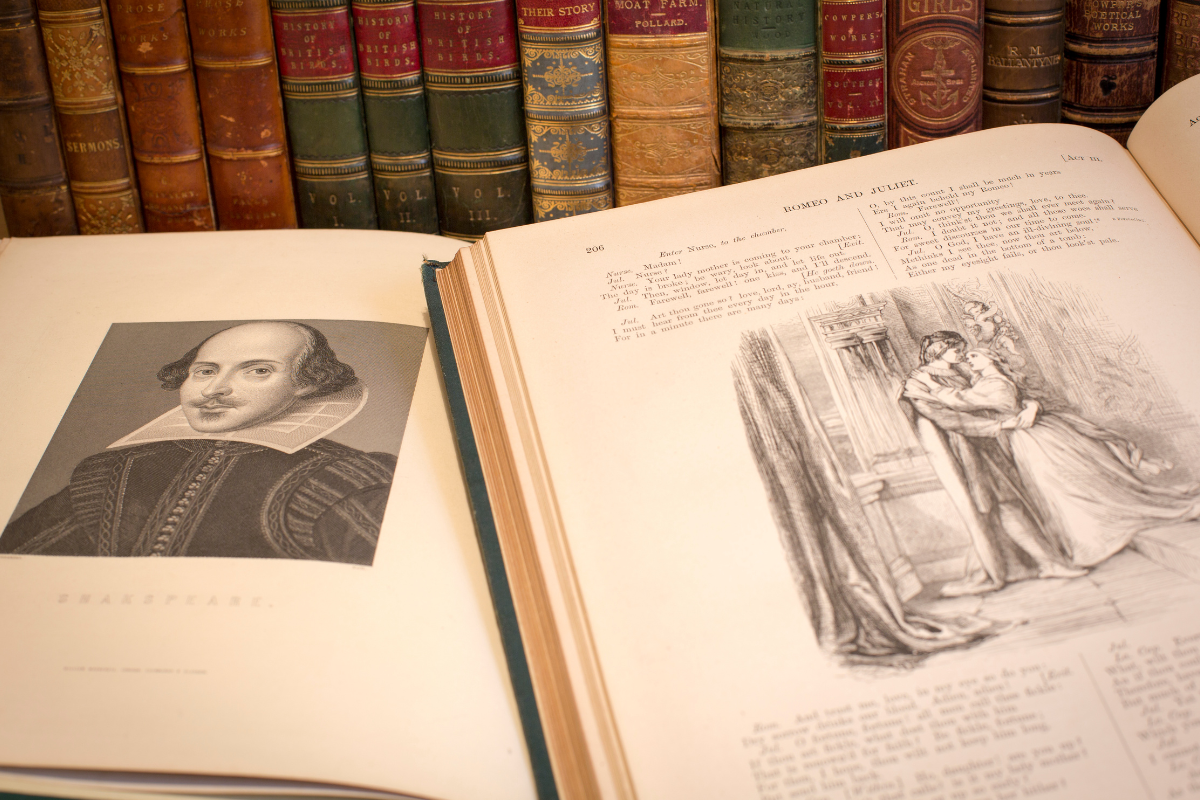
The following are some of the practices and teachings you can expect to see in classical acting.
Classical acting places a strong emphasis on text, no matter if it has been written by Shakespeare, a Greek tragedian or other classical playwright, much is hidden within the text.
As such, actors studying or employing classical techniques are required to closely analyse their scripts to understand in detail the nuances, language used and structure.
Iambic pentameter and other poetic structures feature strongly in classical acting. Fluency in these along with an understanding of rhythmic patterns of speech and their delivery is a must.
Mastery of verse and meter is essential to classical acting and is used to enhance the delivery of the lines and flow of the performance.
Closely tied to the above, exceptional breath control and vocal strength are necessary for the delivery of long monologues and empowered performances.
Stamina is also key, as classical works tend to be lengthy and intricate to perform, with extended production runs also common.
Expect significant use of soliloquies, asides and monologues in classical acting. These are used to ensure character motivations, thoughts and emotions are effectively conveyed.
While body language plays a role in all acting techniques, in classical acting this is often exaggerated.
Costuming, masks and elaborate hand gestures and body movements were typical in Shakespearean, Greek and Roman theatre and this continues in modern classical productions.
As classical acting is often employed when performing a storyline set in a particular historical period, specific movement styles associated with that period will also be utilised.
For example, this may look like acting out courtly, controlled movements of Elizabethan England or the highly stylised movements of a Greek tragedy.
Clarity and precision in speech are crucial in classical acting. This is in part due to its nature of frequently including archaic or poetic language.
Training to master this is required to ensure that audiences can properly understand and appreciate the dialogue.
Proper performance of classical works requires an actor to understand the historical and cultural context behind the story being told.
Actors must learn how to study the text and pinpoint important details such as social norms, political climates and artistic conventions during the period being explored.
Historical and fantastical characters in classical works often undergo significant transformations and portraying this is not done subtly as in some other techniques.
Actors performing in the classical style are encouraged to make obvious changes in voice, posture and other aspects of their physicality to display change.
Even though so much of the classical technique emphasises stylised language and form, emotional truth and subtext are still a focus.
Classical actors are expected to spend time delving into the psychological motivations of their characters and find ways in which they can make these motivations relatable.
Some of the world’s most famous actors from Hollywood’s Golden Age (1913 to 1962) were classically trained as are some of its current stars.
This includes but is not limited to:
Due to the popularity of more natural and intuitive acting such that taught in the Meisner Technique, it is easy to think of classical acting as outdated and irrelevant.
However, you’ve more than likely recently enjoyed some stellar performances based on classical technique without even realising it.
One example of this is Claire Foy’s riveting and exceptionally refined performance as Queen Elizabeth II in the highly acclaimed Netflix series The Crown.
Likewise, Patrick Stewart’s portrayal of Star Trek’s Captain Picard and his instantly recognisable and commanding baritone voice also incorporated classical elements.
Additionally, both of these well-known examples appear on screen, demonstrating that while classical acting emerged from the theatre, it is not confined to it.
As we’ve discussed, classical acting is very practised, measured and controlled. It makes little allowance for improvisation, preferring its actors to stick to the script. Less about inspiring an emotional response in the audience, it is about action and accuracy in storytelling.
By comparison, the Meisner Technique is much more focused on embracing yourself and your experiences to allow a more natural and authentic performance. It encourages connection and chemistry, with improvisation or deviations from the script welcomed for enhancement.
While the Meisner Technique is arguably more popular in modern times and favoured by many directors and producers, there are occasions where classical training is better suited.
For instance, a period piece that requires an acting style evocative of the time and place in question can benefit from a classical approach over an emotive, instinctual one.
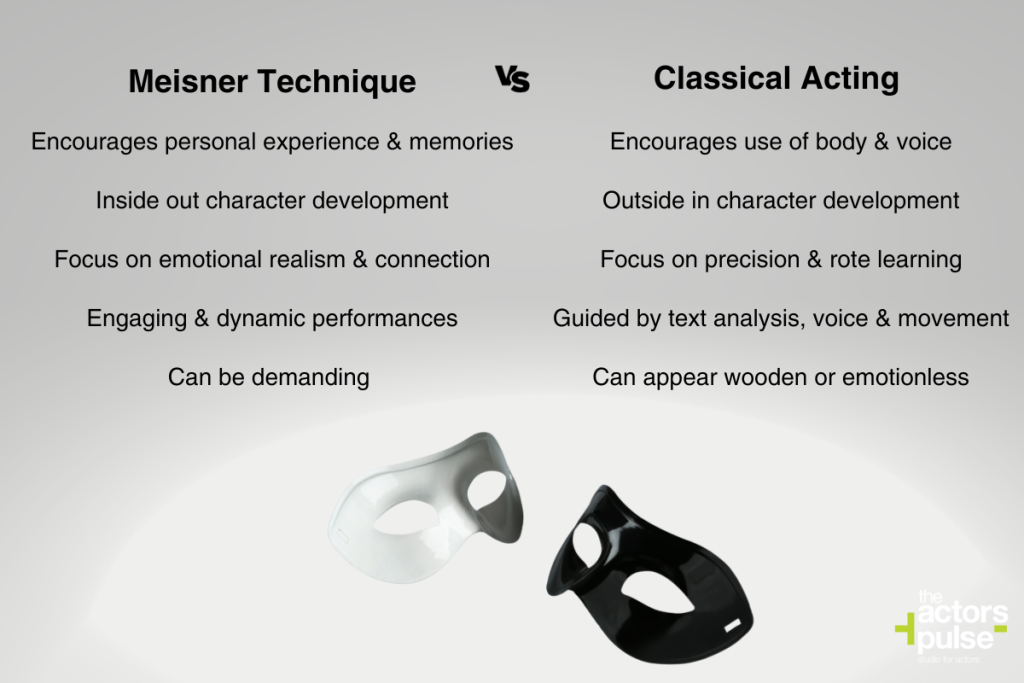
At The Actors Pulse, we specialise in teaching the Meisner Technique alongside foundational acting skills for a holistic and well-rounded approach to acting on stage and screen.
As the leading school in the Southern Hemisphere for the Meisner Technique, we are highly respected and renowned for equipping actors with the support they need to succeed.
Learn how to dissect texts, adapt and connect with yourself, your scene partners and your audience for truly engaging and genuine performances. With the Actors Pulse, you will become confident to perform across a variety of mediums including stage, film and screen.
With a range of classes available on both a full-time and part-time basis, we offer access to continued learning and guidance to suit your needs and career goals.
Call 0414 475 515 today to learn more or to get started.
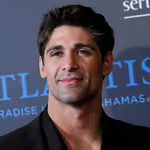
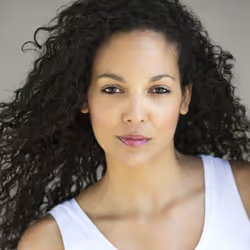
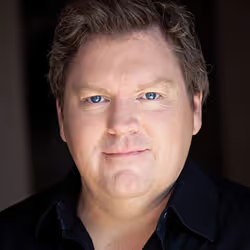
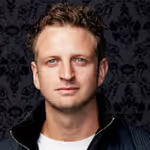

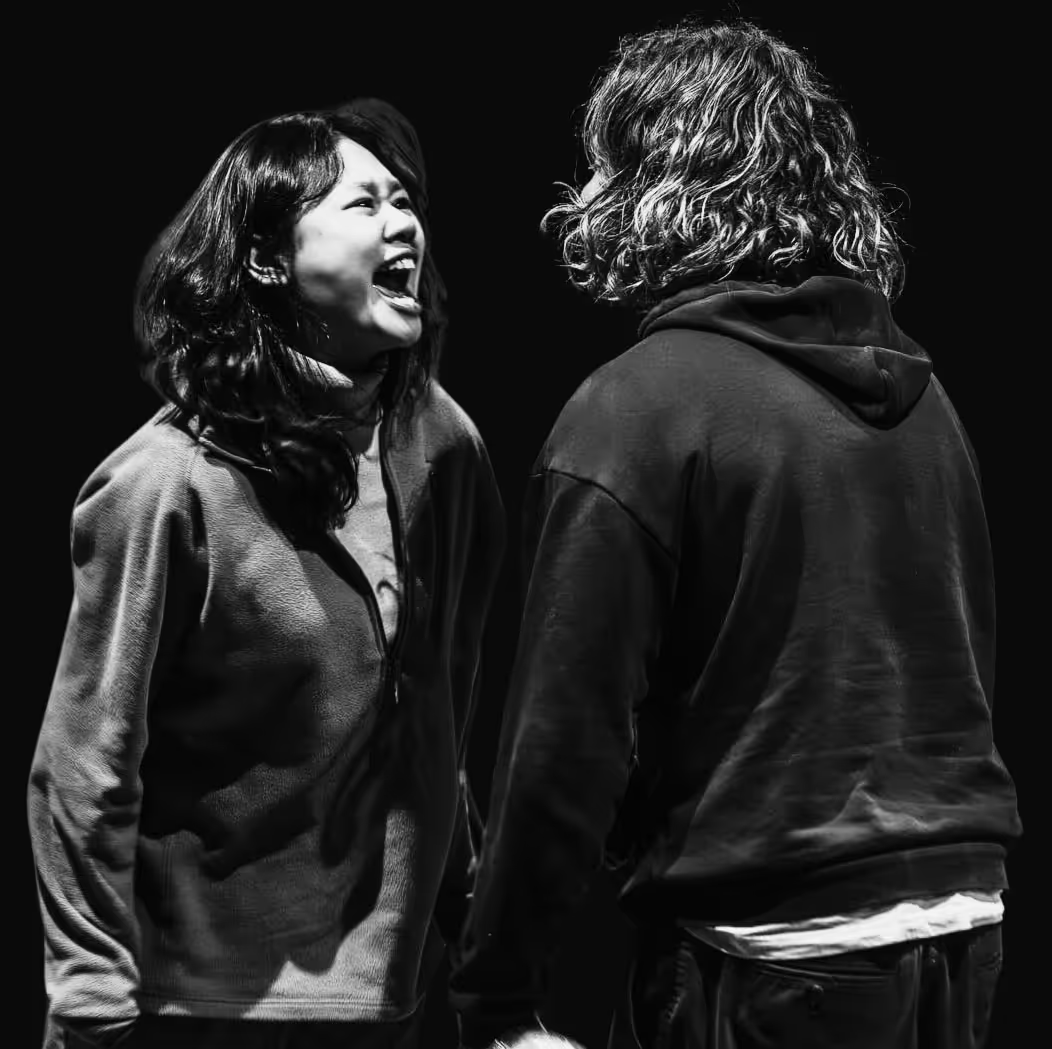



Get in touch with us using the form or details below. We look forward to hearing from you!
